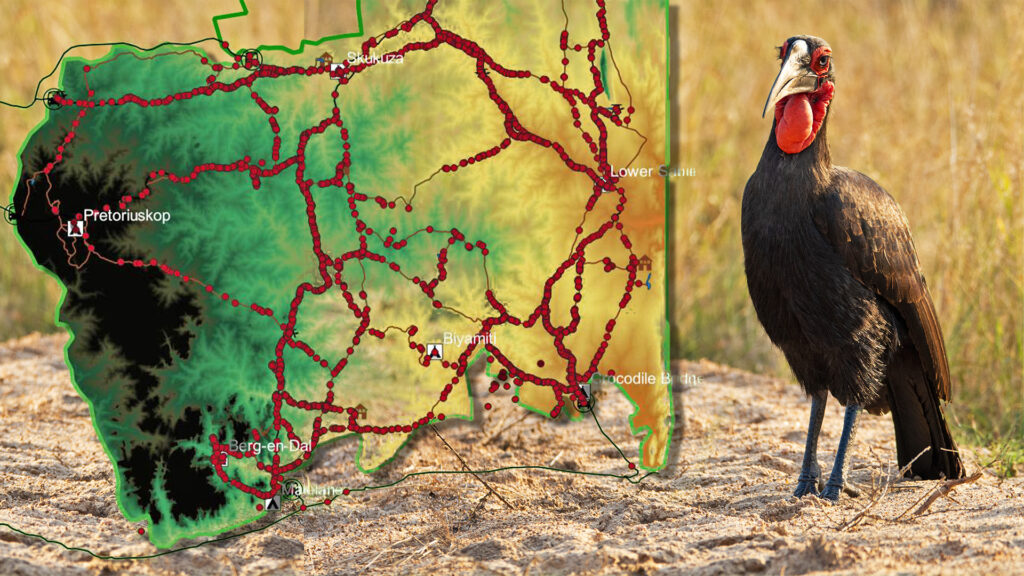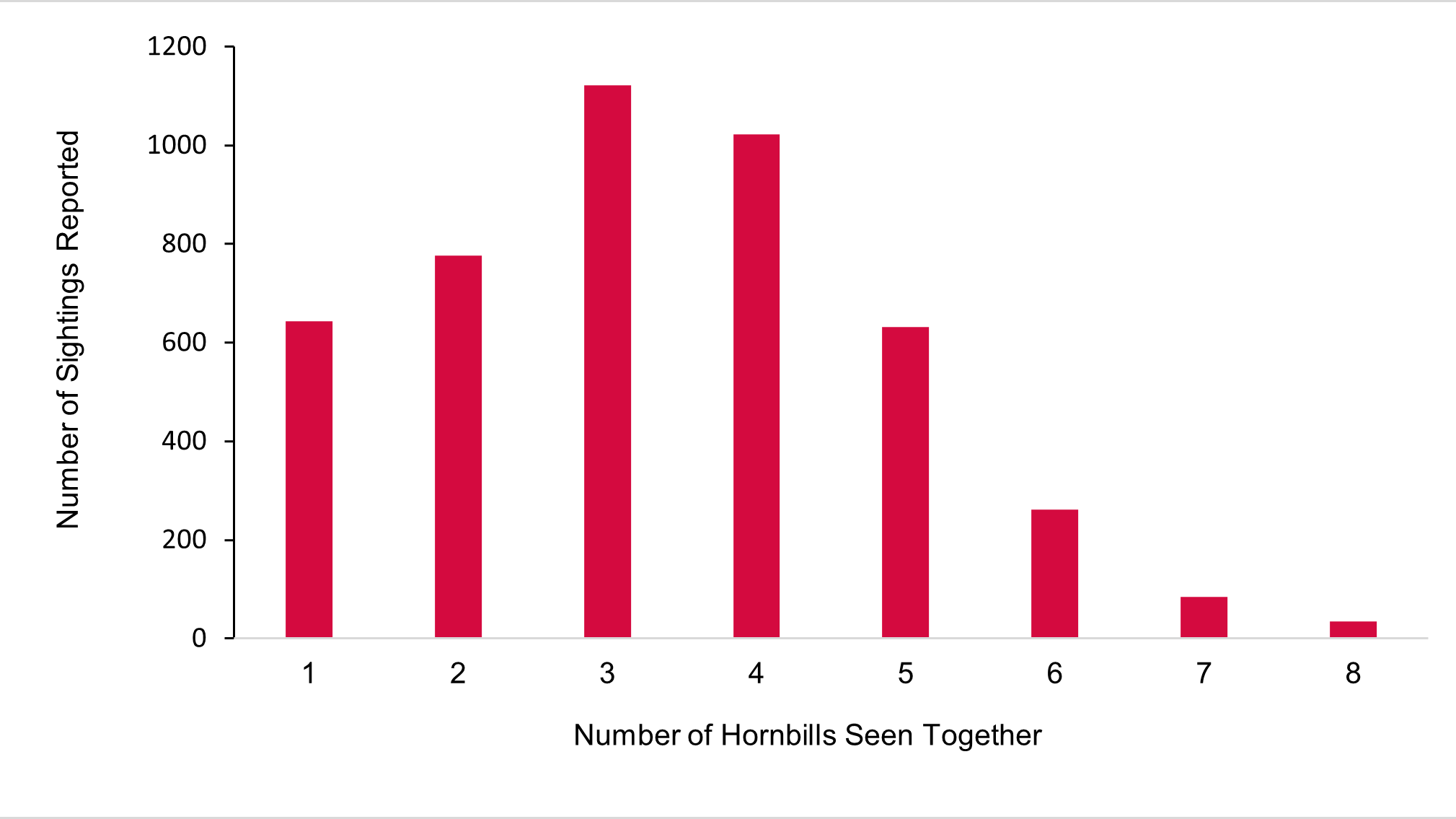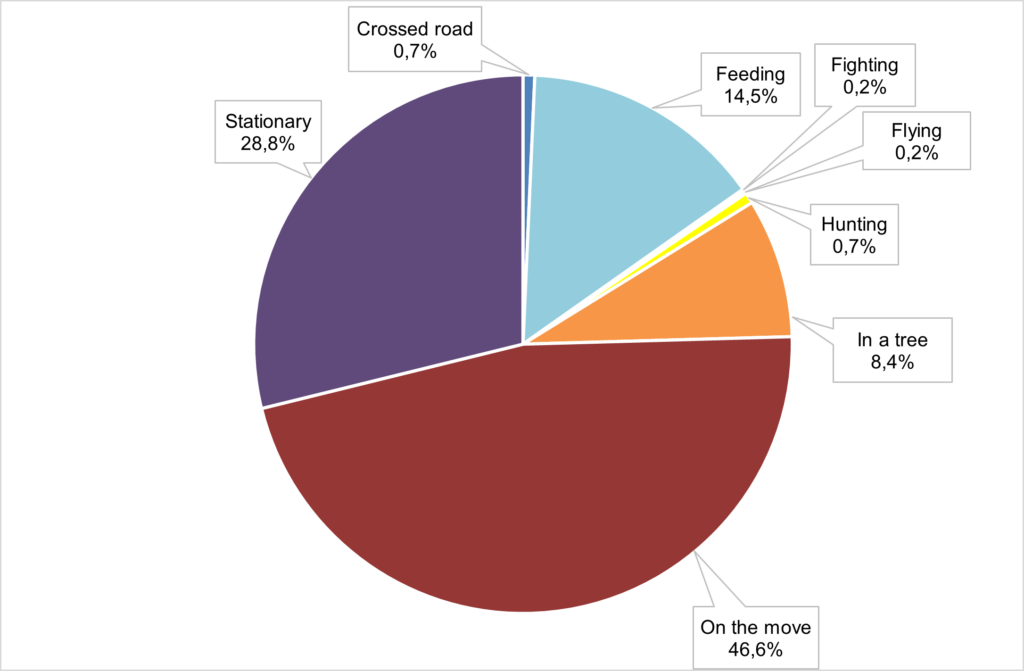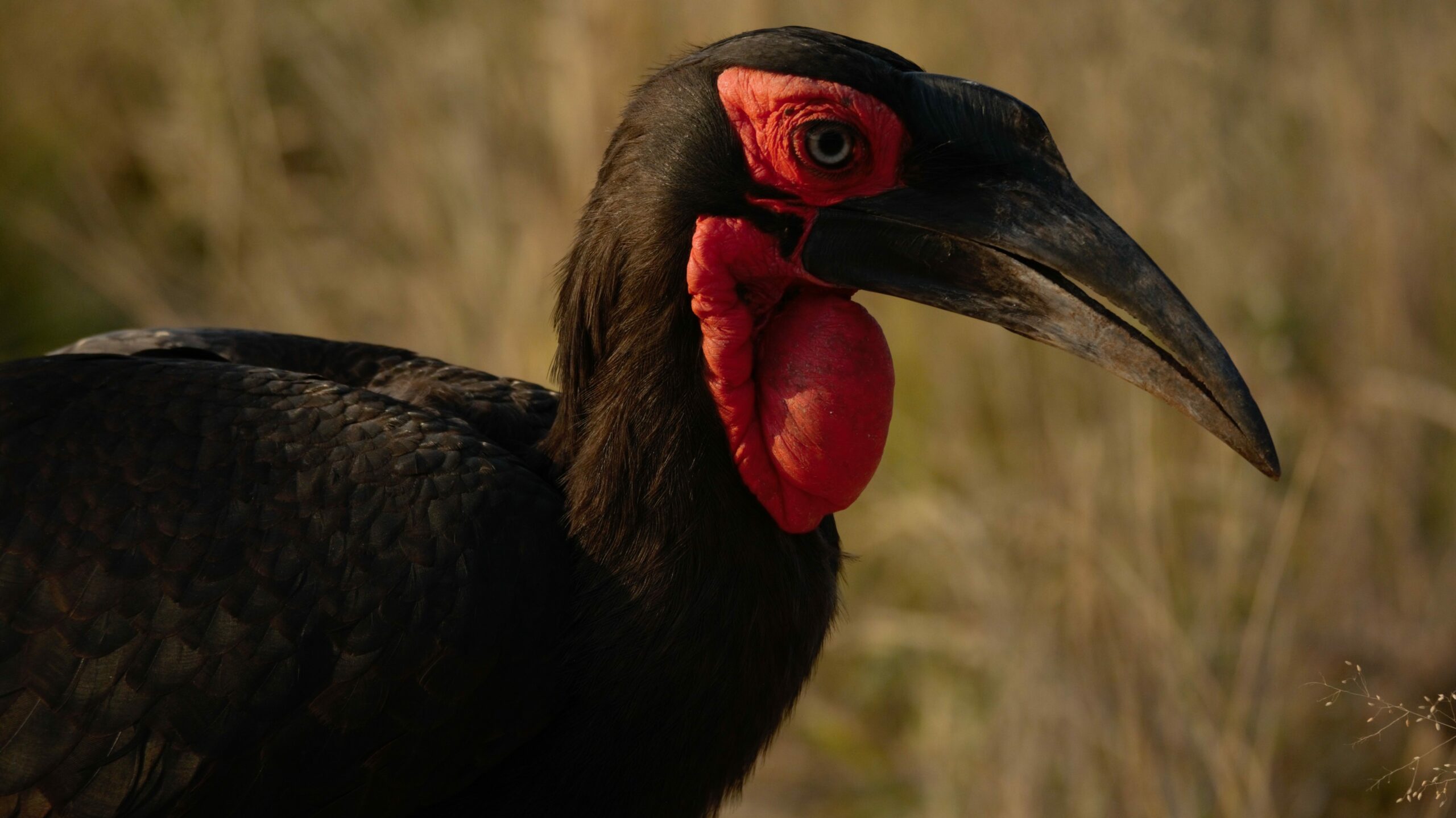Southern Ground Hornbills are one of the most iconic bird species to roam the savannahs of Africa. Unfortunately, habitat loss has placed these large birds on the endangered species list. The result is that spotting them in the wild can be difficult.

Luckily for you, our team has done extensive research to aid you in locating these magnificent birds when you are on your next safari. Between January 2015 and October 2022, the Latest Sightings team collected sightings of these birds via the Latest Sightings App and WhatsApp groups. The numbers reveal a whopping 4,595 sightings in total. Considering those numbers and looking at the family structures of these birds, an average of 3 individuals per sighting will result in a total of 13,785 individual birds.

Because Southern Ground Hornbills are slow breeders, a monogamous pair produces only one brood of two chicks every 7-9 years. So, based on the number of birds seen, it is safe to say that these birds are increasing in number. The various conservation efforts surrounding them are proving to be successful.
These maps with data collected from our community will show you Where to Spot Southern Ground Hornbills in Kruger.

So, where do safari enthusiasts go to find these birds? As our research depicts, these birds have been seen throughout the Kruger National Park. Evidence suggests that the major concentration of sightings occurred in the south of the KNP. Furthermore, certain roads have had more sightings than others. This includes the H3 between Malelane and Skukuza; the H4-1 between Crocodile Bridge and Lower Sabie, and; the famous River Road between Skukuza and Lower Sabie.

If you’re visiting the KNP’s northern and central regions, don’t worry; the Satara and Letaba areas are also known to have a high number of sightings. According to research, these birds are very active during the day. Keeping an eye out for the deep red color of their balloon-like wattles will increase your chances of spotting one. Before dawn, ground hornbills call in a chorus of repeated low grunts that sound like a drum being beaten in the distance. They amplify their calls by inflating their balloon-like wattles below their bill.

—WATCH—
This Curious Hornbill Destroys Its Own Research Camera
Remember keep your eyes and ears open, you never know what you may find
Southern ground hornbills have a life span of 40 to 50 years, majority of which they will spend foraging for food. Their diets consist of a vast array of prey, ranging from larger insects to frogs, lizards, and even snakes.

Want to locate these amazing birds on your next safari? Download the Latest Sightings App and follow the sightings of fellow birders

